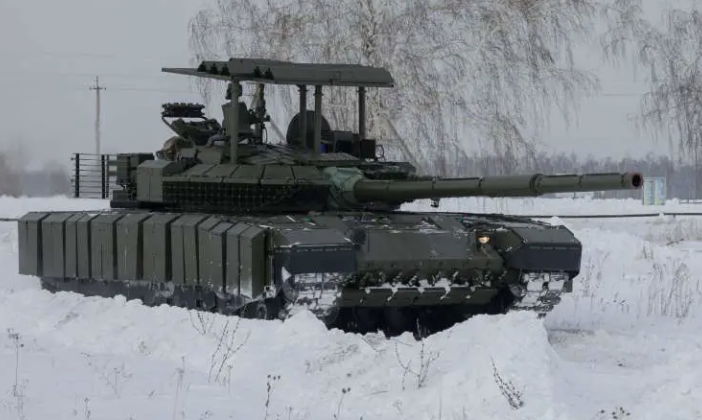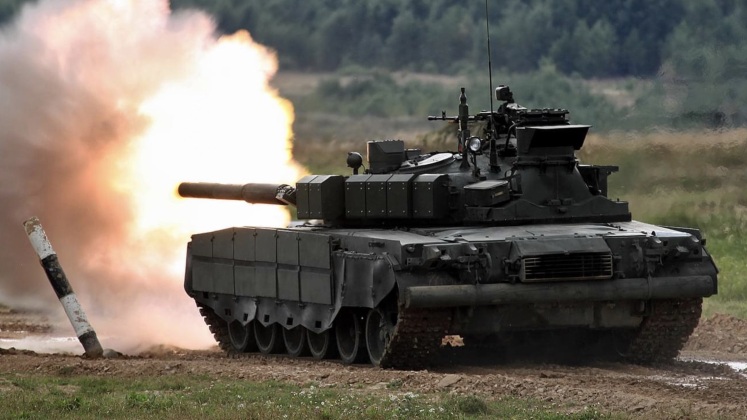News
T-80 Tank with Extreme Mobility Making Rapid Comeback in Russia’s Elite Units
The Russian Army has rapidly increased the number of T-80 main battle tanks in active service, as the vehicle’s unique capabilities including its particularly high mobility have been increasingly highly valued. While during the 2010s the number of operational T-80s was cut significantly, primarily due to the type’s far higher operational costs than the rival T-72 which saw numbers in service increased, the demonstration of the value of the T-80’s greater mobility in high intensity combat is thought to have been a primary factor leading the Army to seek to field more of the vehicles. As a result the latest and most widely fielded variant, the T-80BVM, is currently operated by 23 units, compared to just four units before the outbreak of full scale war in 2022.

The T-80 not only has a far higher forward speed, but also a significantly higher reverse speed, lower engine sound signature, and better cold-start capability than other Russian tanks including the T-72 and T-90. The tank was in production at two of the Soviet Union’s three largest tank factories during the 1980s, but fell out of favour after the state’s disintegration as reduced costs were prioritised over performance. The tank was produced at very low levels throughout the 1990s, primarily to avoid mass unemployment in regions associated with its manufacture, before production ended in 2001. The tank’s high performance in the Ukrainian theatre is thought to have been a primary factor influencing the decision announced September 2023 to restart T-80 production, which is expected to commence near the end of the decade.

Despite a lack of production for close to a quarter of a century, the Russian defence sector has been able to continue delivering T-80BVM tanks to frontline units by modernising Soviet-built T-80B and T-80BV tanks currently in storage. Upgrades include integrate of the 2A46M-4 main gun, a new 1,250hp engine providing 25 percent more power, access to a wide range of new munitions, and integration of Relikt explosive reactive armour and thermal sights, among other improvements. The T-80 is one of two tank types to use a gas turbine engine, alongside the American M1 Abrams, although with a weight of close to 80 tons, compared to around 45 tons for the T-80, the Abrams’ power-to-weight ratio is far inferior. The T-80’s much lower weight is achieved despite many variants achieving higher levels of armour protection than the Abrams, and despite the tank carrying a larger main gun than its American rival, leading its design to be assessed to be the most efficient of the Cold War era.

Russian Army personnel have consistently praised the tank’s high performance, with a Russian Army commander engaged in combat with Ukrainian units, including German-supplied Leopard tanks, having particularly highlighted in late 2023 its excellent mobility relative to the Leopards. “The same Leopards are drowning in the mud, they are constantly, constantly drowning. We can observe from drones how they are being taken out [of the mud]. Our vehicle has a gas turbine engine, it is not afraid of mud or slush, it flies over all potholes. This is the difference that allows our tank units to operate in any weather, support infantry and overcome enemy trenches and dugouts without slowing down,” he stated. Although the T-80’s high production and sustainment costs mean it is not expected to be built in comparable numbers to the significantly cheaper T-90M, a resumption of production is expected to ensure that the proportion of the fleet equipped with the vehicles continues to grow.












